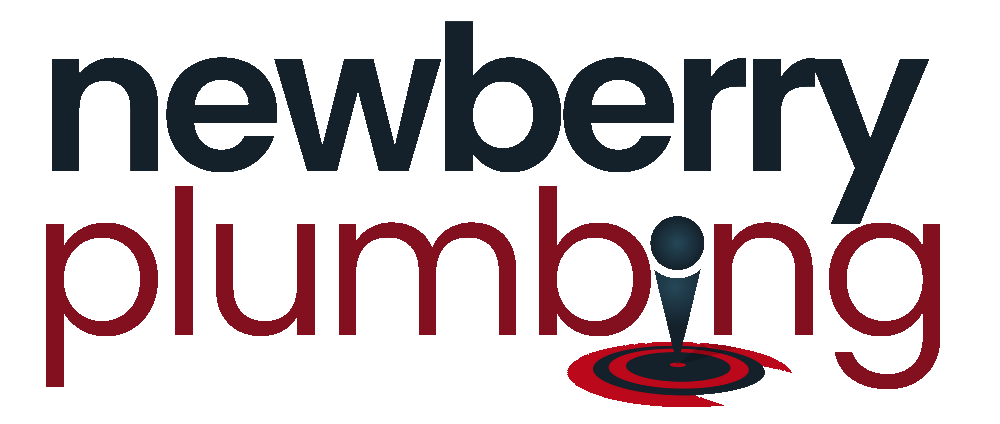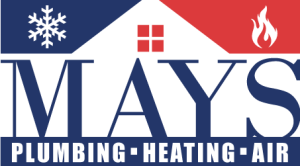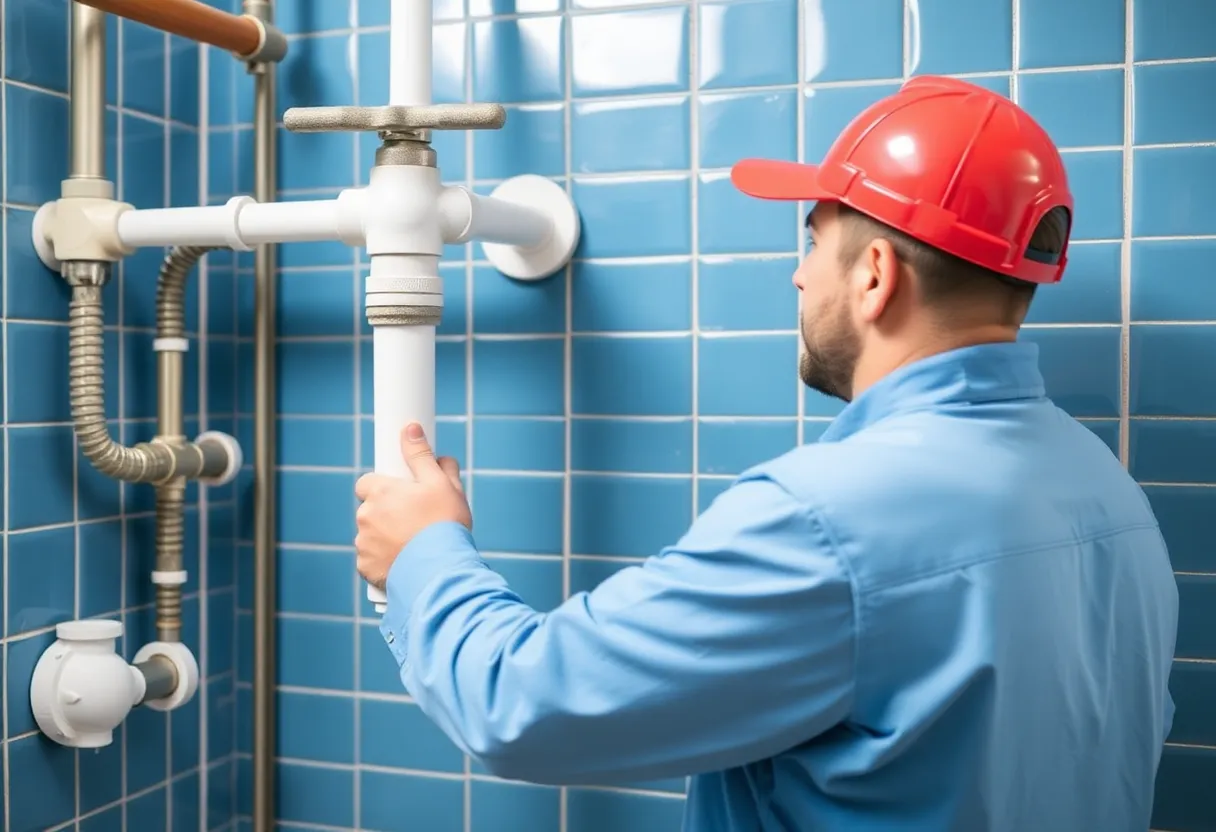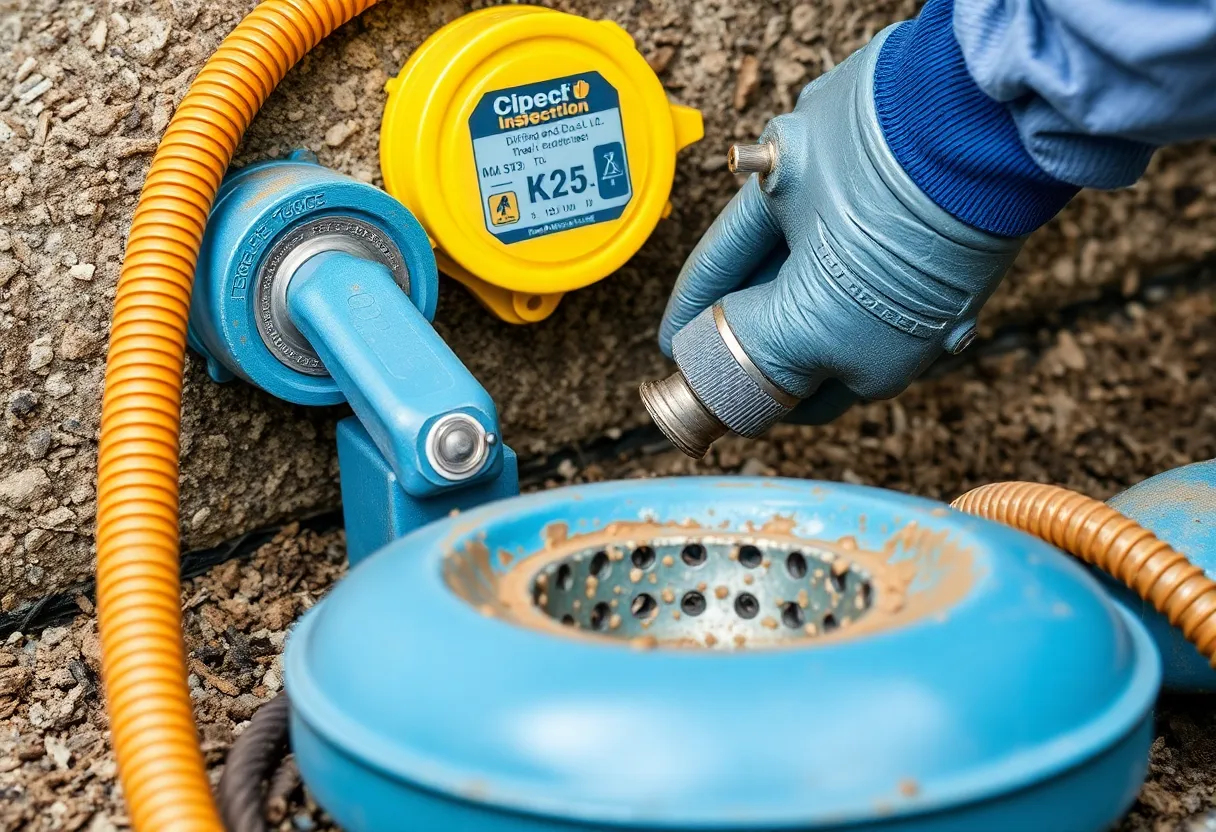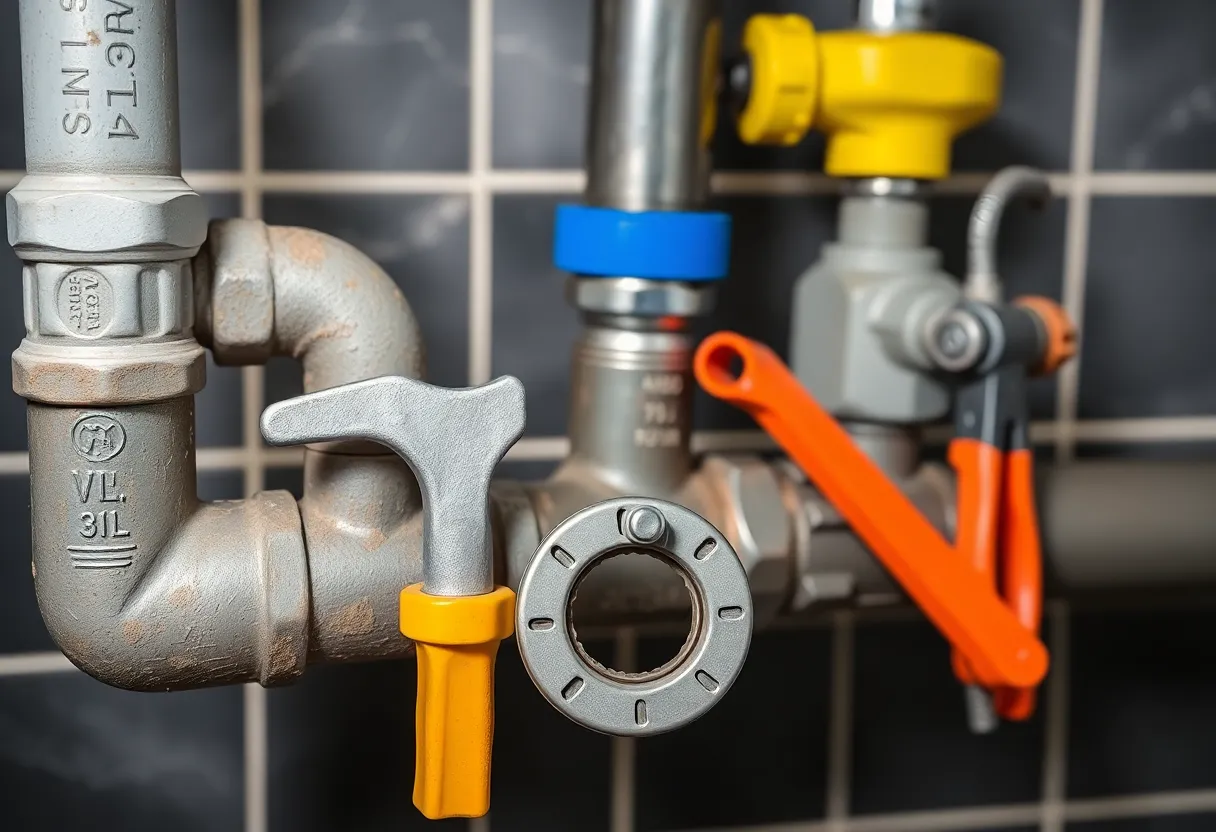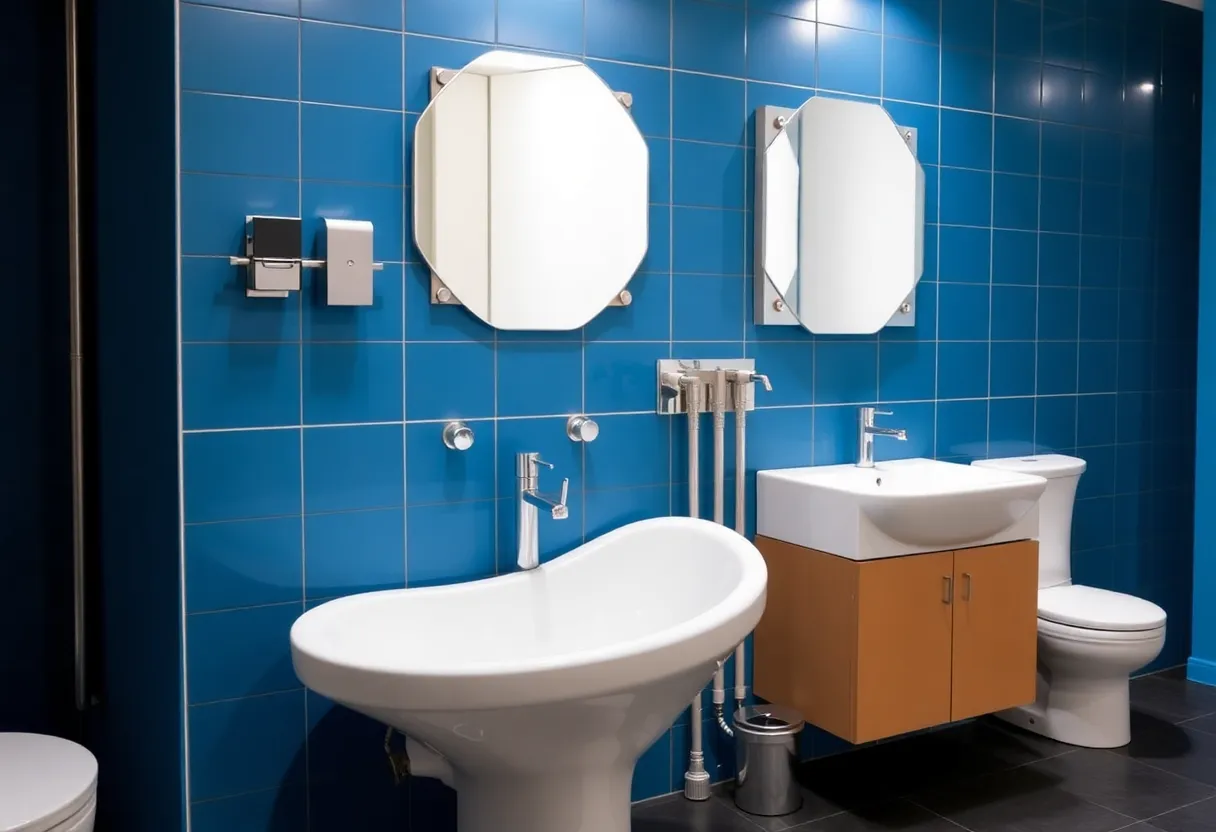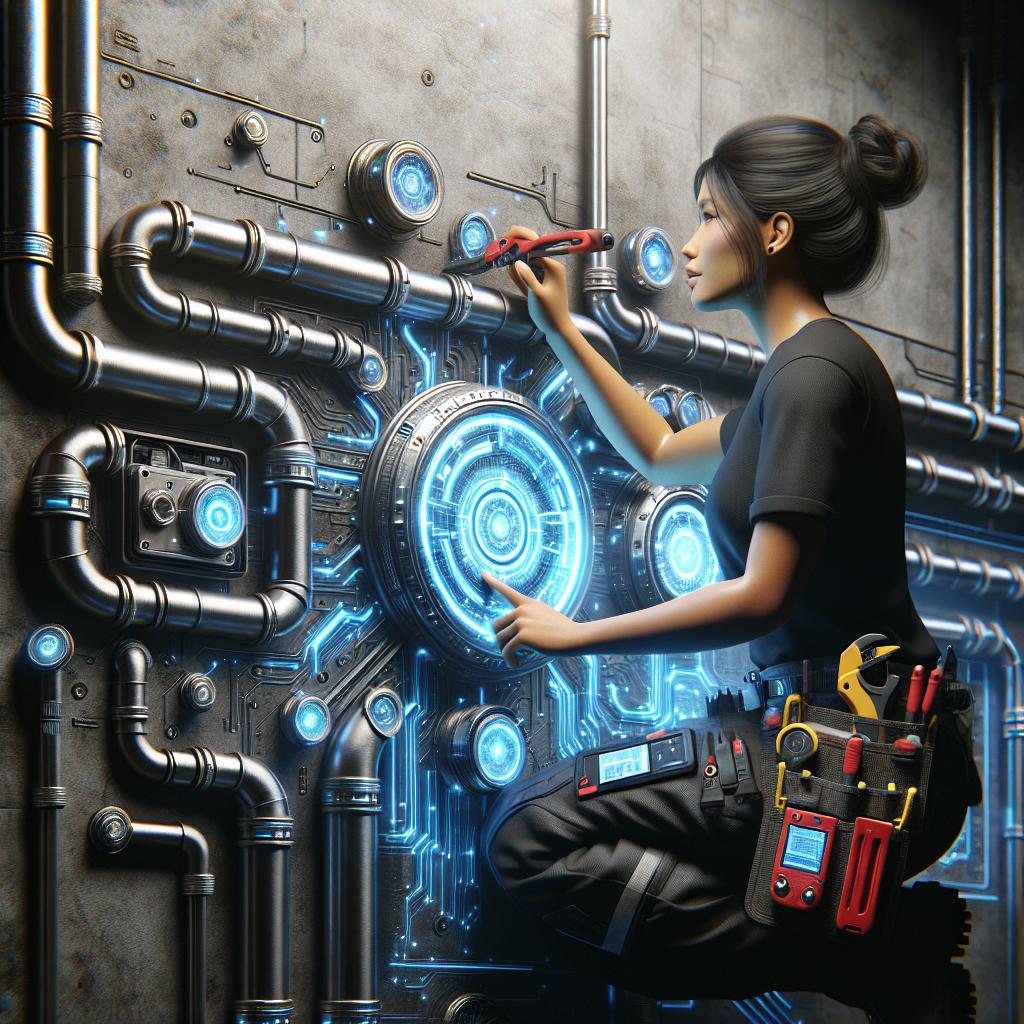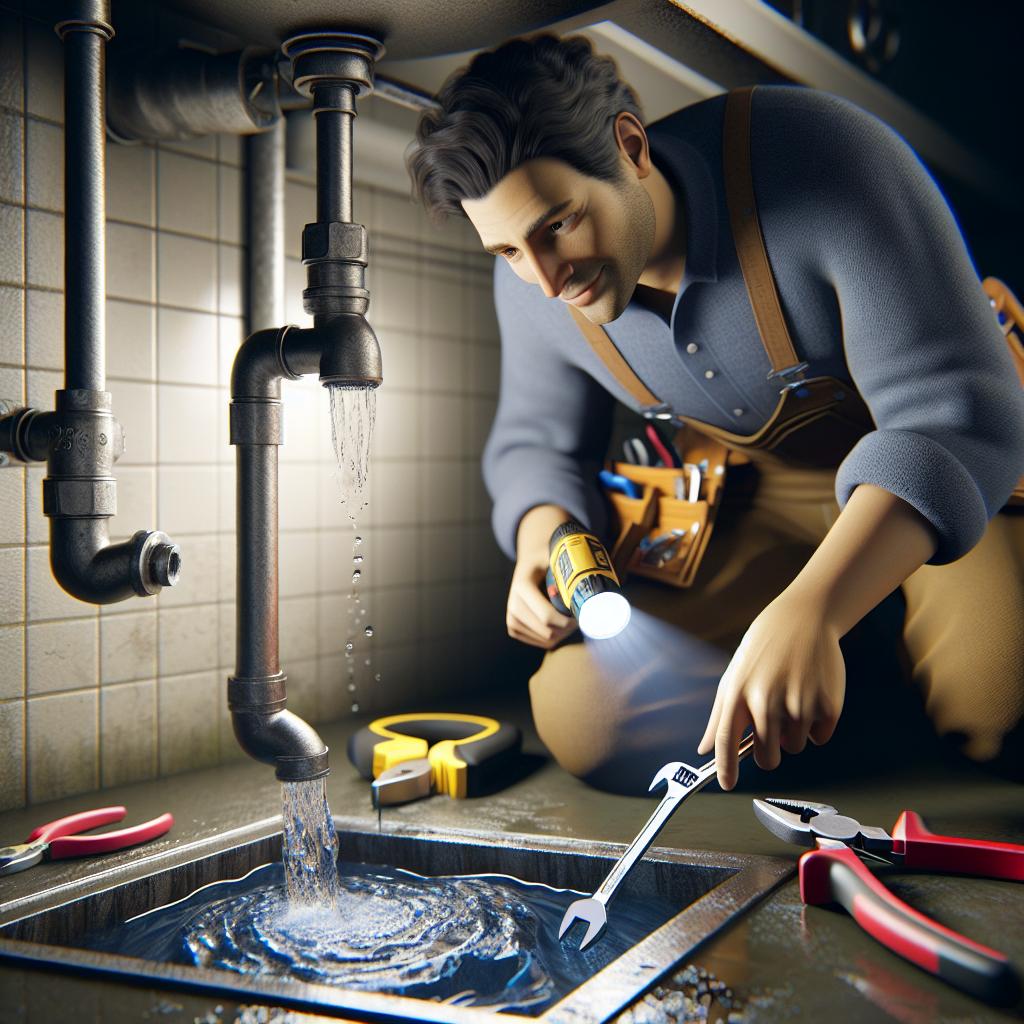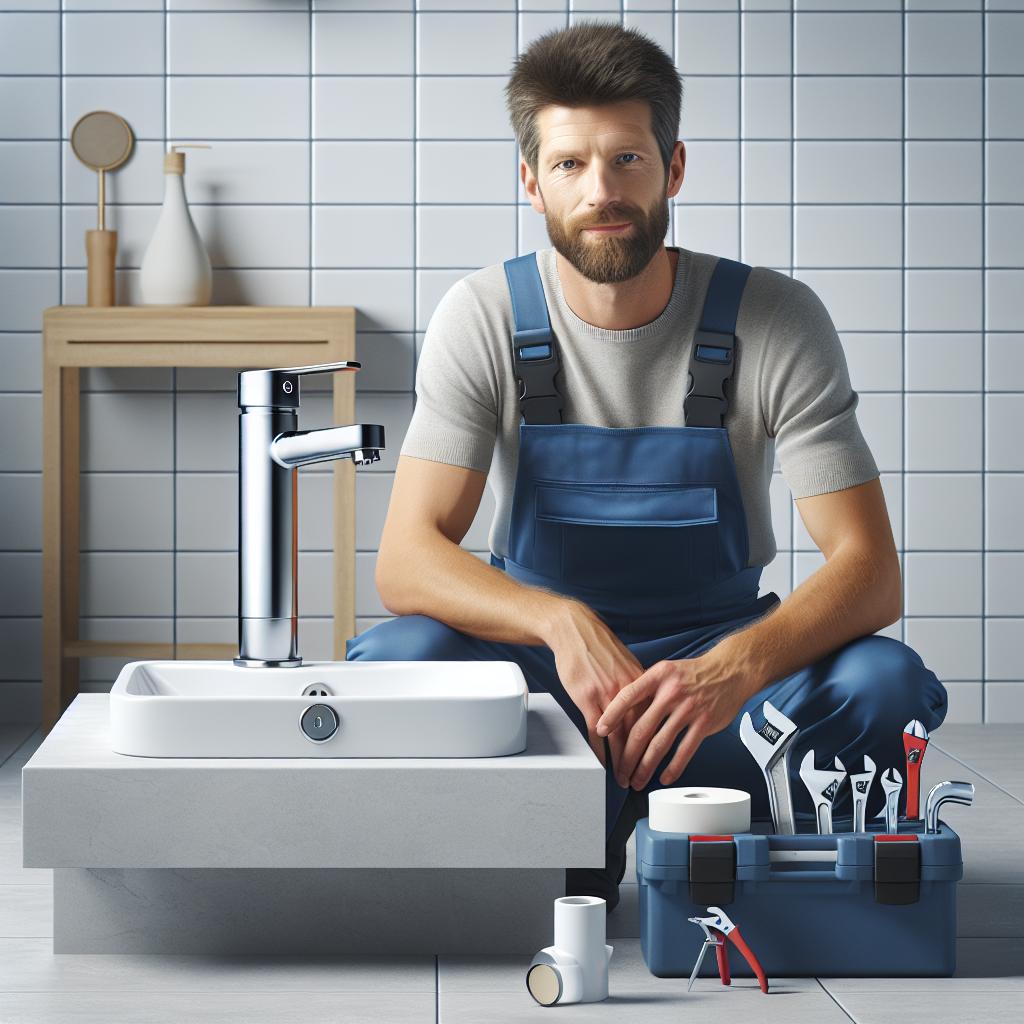The Plumbing Checklist: 10 Essential Steps to Prevent Costly Water Damage in Your Home
Water damage is one of the most frustrating, financially draining, and preventable issues a homeowner can face. From flooding basements to leaky faucets, plumbing issues can wreak havoc on your property. Fortunately, with a _proactive_ approach, you can significantly lower the risk of water-related damages. Below is a comprehensive checklist of ten essential steps to ensure your plumbing stays in pristine condition and protects your home from the destructive power of water.
1. Regular Inspection of Pipes
One of the most crucial steps in preventing plumbing-related water damage is to conduct regular inspections of your pipes. Pay close attention to pipes that are:
- Hidden: These may include pipes located in walls, ceilings, or under floors.
- Visible: Check for signs of corrosion, rust, or wear.
- Exposed to the elements: Insulate outside pipes to prevent freezing in colder climates.
Be on the lookout for drips, pooling water, or anything that seems out of the ordinary. If you notice any concerning changes, consult a professional plumber to assess the situation.
2. Monitor Water Pressure
Abnormally high water pressure can cause undue strain on your plumbing system, leading to leaks and burst pipes. Investing in a water pressure gauge can help you keep an eye on this critical aspect.
Generally, the ideal water pressure for homes is between 40-60 psi (pounds per square inch). If your readings exceed this range, consider installing a pressure reducing valve (PRV) to manage and mitigate excess pressure.
3. Clear Out Gutters and Downspouts
Clogged gutters and downspouts can lead to water backing up and pooling around your home’s foundation, increasing the risk of basement flooding. To minimize this risk:
- Schedule regular cleaning: Clean your gutters at least twice a year or more frequently during heavy leaf-fall seasons.
- Inspect drainage: Ensure that water is flowing freely through downspouts and directing away from your home.
4. Inspect Appliances and Fixtures
Homeowners should routinely inspect appliances and fixtures that use water. Common culprits to check include:
- Washing machines: Examine hoses for wear, swelling, or any leaks.
- Dishwashers: Look for leaks under the unit and inspect connection points.
- Water heaters: Check for rust, corrosion, or signs of leaks.
Replacing worn-out hoses and seals can save you from leaks that may result in significant water damage.
5. Install Water Detection Devices
Investing in water detection devices is an excellent proactive measure that can help you identify leaks before they escalate into costly repairs. These devices can be placed in vulnerable areas, such as:
- Beneath sinks
- Near water heaters
- In basements
Many models emit alerts or even shut off your water supply when they detect moisture, lending further peace of mind.
6. Maintain Your Water Heater
Water heaters, while essential, can also become significant sources of water damage if not maintained properly. To extend the lifespan of your water heater and mitigate risks:
- Flush the tank annually: This helps remove sediment buildup that can lead to corrosion.
- Inspect the anode rod: This component helps prevent rust. Replace it if it’s less than 50% intact.
- Check the temperature setting: Keep it at 120°F to prevent overheating and pressure build-up.
7. Know the Location of Your Main Shut-Off Valve
In the event of a major leak or flooding, knowing how to quickly turn off your main water supply is critical. Familiarize yourself with the location of the main shut-off valve, which is typically found:
- Near your water meter
- In your basement
- Outside the house on an exterior wall
Consider labeling it and even doing practice runs to ensure you’re prepared in case of emergencies.
8. Insulate Pipes
Frozen pipes can lead to disastrous situations, including burst pipes and extensive water damage. Insulating your pipes can help minimize this risk, especially in colder climates. You can insulate pipes using:
- Pipe insulation sleeves: These are foam or fiberglass tubes that can easily be fitted over your pipes.
- Heat tape: Electric heat tape can be wrapped around vulnerable pipes to maintain temperature.
Don’t forget to pay special attention to pipes located in unheated areas, such as attics, garages, and crawl spaces.
9. Properly Dispose of Grease and Food
Disposing of grease, oils, and food items down your kitchen sink can lead to clogs and plumbing back-ups. To avoid these issues:
- Use a compost bin: Properly compost organic waste instead of washing it down the drain.
- Collect grease: Pour used cooking grease into a container and throw it in the garbage once it’s cooled.
By taking these measures, you can help keep your pipes clear and reduce the chance of water-related issues resulting from clogged drains.
10. Schedule Regular Professional Inspections
Just as you schedule routine health check-ups, it’s wise to have a professional plumber inspect your plumbing system annually. A skilled plumber can:
- Identify potential problem areas you may overlook
- Make necessary repairs before they escalate into costly issues
- Provide expert advice on maintaining your plumbing system
Ultimately, investing in professional inspections can save you substantial costs and hassles in the long run.
Conclusion
Preventing water damage is a critical responsibility for homeowners, but with the right steps, you can protect your property from the potential devastation caused by plumbing failures. By adhering to this _comprehensive checklist_, you not only enhance the longevity and efficiency of your plumbing system but also save yourself from unexpected repairs and significant financial strain.
Be proactive and diligent in maintaining your plumbing, and you’ll enjoy greater peace of mind, knowing you’ve taken the essential steps necessary to keep your home secure from costly water damage.
